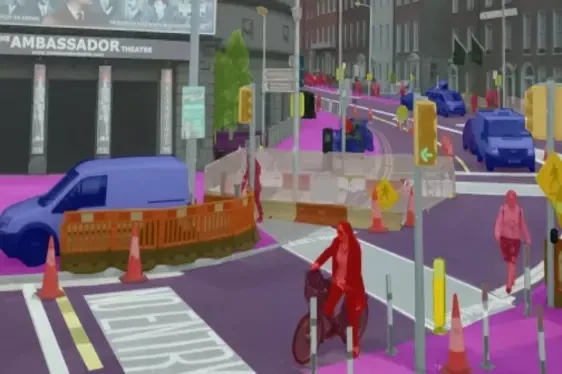In the field of computer vision, one of the major challenges in Semantic Segmentation. One of the high-level tasks that paves the way towards complete scene understanding is semantic segmentation MATLAB.
The fact that an increasing number of applications nourish from inferring knowledge from imagery sources highlights the importance of scene understanding as a core computer vision difficulty.
The applications used here are as follows:
- Virtual reality
- Face recognition
- Self-driving vehicles
- Human-computer interaction
Many semantic segmentation problems are being tackled using deep architectures due to the popularity of deep learning.
This issue has been solved by deep architectures, most often Convolutional Neural Nets, which surpass other approaches by a large margin in terms of accuracy and efficiency.
Let us understand what semantic segmentation is?
- In order to progress from coarse to fine interference semantic segmentation is natural:
- It consists of making a prediction for a whole input as the source could be located at classification.
- Detection or localization serves as the next step. It presents not only the classes but also additional information or data about the spatial location of those classes.
- Finally, the inferring labels for every pixel are achieved by fine-grained inference by making dense predictions. This is done so that each pixel is labeled with the class of its enclosing object or region.
The basis of semantic segmentation systems is standard deep networks that have made significant contributions to the field of computer vision.
Some of them have been listed below:
- AlexNet
- GoogLeNet
- ResNet
- VGG-16







